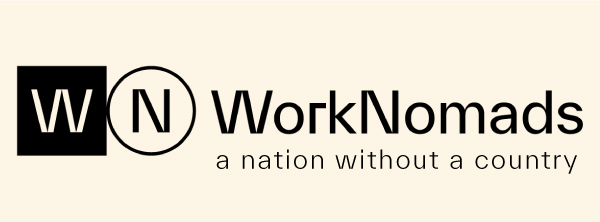How Has Flat Hierarchy Affected the Mental Health of the Millennial and Gen Z Generation?
1 November 2023
Ilektra Lekka
The workplace landscape has undergone a profound transformation in recent years, largely propelled by the entrance of the millennial and Gen Z generations into the workforce. One notable shift has been the increasing prevalence of flat organisational hierarchies
While this trend fosters collaboration and innovation, it has also raised important questions about its impact on the mental health of these younger generations.
Flat hierarchies represent a deviation from the traditional, rigid corporate structure characterised by multiple layers of management and a top-down approach. In a flat hierarchy, there are fewer, if any, intermediary levels of management. Decision-making authority is often decentralized, and there is a notable emphasis on open communication and employee empowerment.
The Millennial and Gen Z Workforce: Millennials, born roughly between 1981 and 1996, and Gen Z, those born from the mid-1990s to the early 2010s, are now integral parts of the modern workforce. These generational gaps bring with them a distinct set of values and priorities. They are known for their emphasis on work-life balance, personal development, and social impact.
1.Effects on Mental Health:
- Increased Responsibility and Stress: The empowerment inherent in flat hierarchies can be a double-edged sword. While these structures encourage employees to take on more responsibilities and make independent decisions, they can also lead to added stress. Younger employees, often lacking experience, may find themselves burdened with significant responsibilities, leading to feelings of pressure and anxiety.
- Ambiguity and Uncertainty: The absence of a traditional hierarchy can create ambiguity around roles and expectations. Millennials and Gen Z employees often seek more structure in their work environments. This lack of clear roles and expectations can lead to feelings of uncertainty and anxiety.
- Burnout: The desire to prove oneself, make a significant impact, and advance within the organisation can lead to overworking and eventual burnout. Without the guardrails or guidance of clear hierarchical structures, young employees may push themselves too hard, taking a toll on their mental health.
- Work-Life Balance: The boundary between work and personal life can become increasingly blurred in organizations with flat hierarchies. Millennials and Gen Z place a high value on their personal time and seek work environments that support a balanced lifestyle. Excessive work commitments can disrupt this balance and adversely affect their mental well-being.
- Feedback Culture: These younger generations thrive on feedback and mentorship. Flat hierarchies might not provide the level of feedback or guidance they crave, leaving employees feeling isolated and uncertain about their performance and growth.
- Lack of Career Progression: With fewer management levels, the path to career progression may seem less defined, leaving employees feeling stuck or without a clear trajectory for advancement. This ambiguity can contribute to feelings of stagnation and job dissatisfaction.
2.Solutions:
- Mentorship Programs: Organisations can establish mentorship programs to provide the guidance and feedback that younger employees seek. These programs can help them navigate their roles and careers within the company.
- Mental Health Support: Implementing mental health programs and offering resources for stress management is crucial. This can help employees cope with the demands and pressures of working within a flat hierarchy.
- Clear Expectations: Companies should prioritise setting clear expectations and roles to reduce ambiguity and stress among younger employees. This clarity helps them understand their responsibilities and goals.
- Work-Life Balance Policies: Encouraging and enforcing work-life balance policies can help ensure that employees have the time and space they need for their personal lives and well-being. Communication: Maintain open lines of communication to ensure that employees feel heard and understood. Encourage regular feedback sessions to provide guidance and support.

All in all, the emergence of flat organisational hierarchies has ushered in a host of benefits for modern workplaces, including increased collaboration and the opportunity for innovation. However, it has also posed challenges, especially concerning the mental health of the millennial and Gen Z workforce.
To harness the advantages of this structure while mitigating its drawbacks, organisations must prioritise mental health, offer mentorship, establish clear expectations and work-life balance policies, and maintain open lines of communication. By doing so, they can create a more harmonious and productive work environment for the younger generations, who are integral to the workforce and hold the potential to drive organisations to greater heights.
What’s your opinion on the flat hierarchy? Share it in the comments!
5min read
3 May 2023
Why Your Next Step Should Be Volunteering?
5min read
1 October 2023



0 Comments